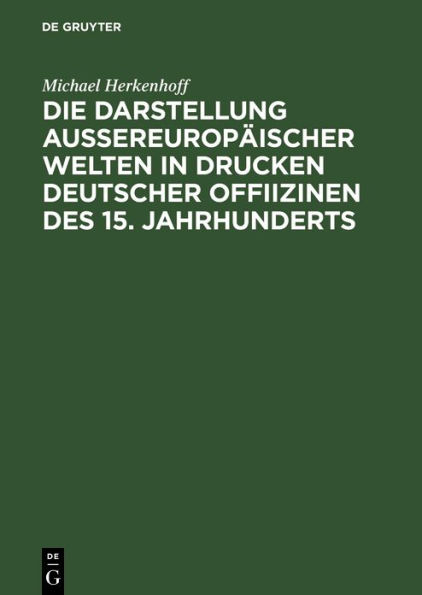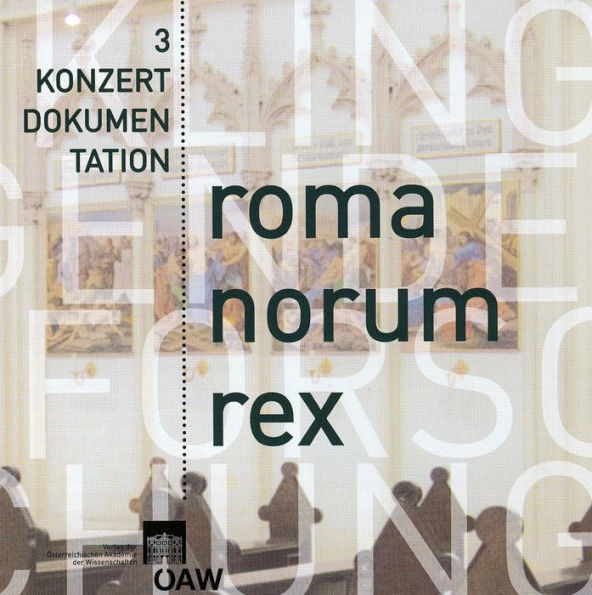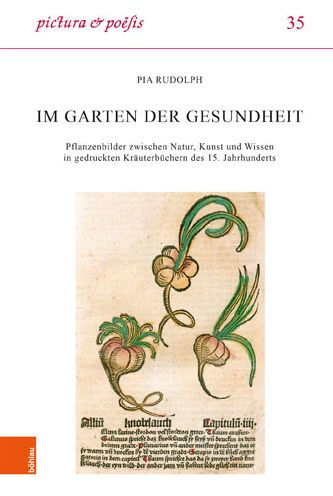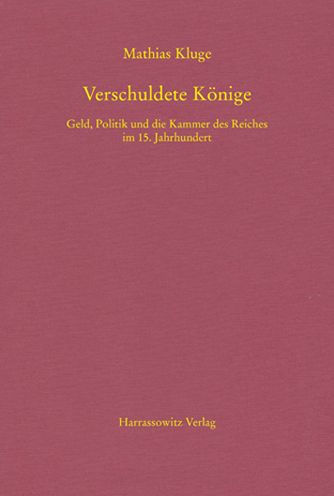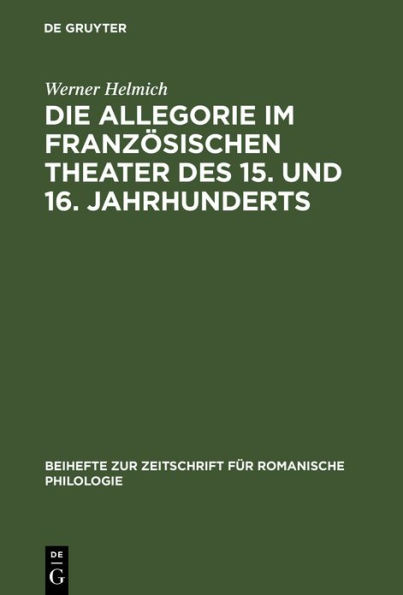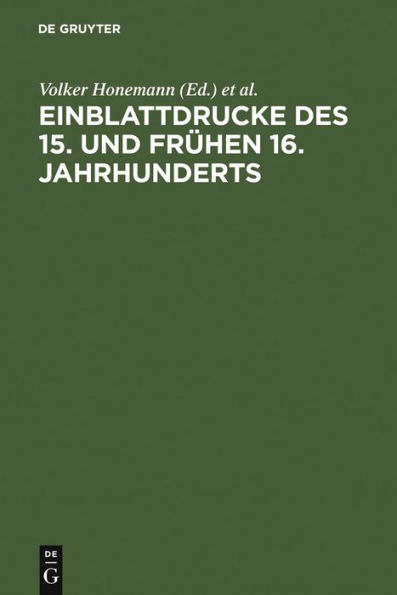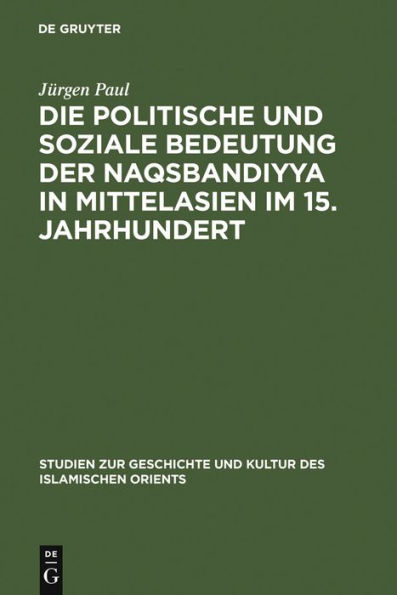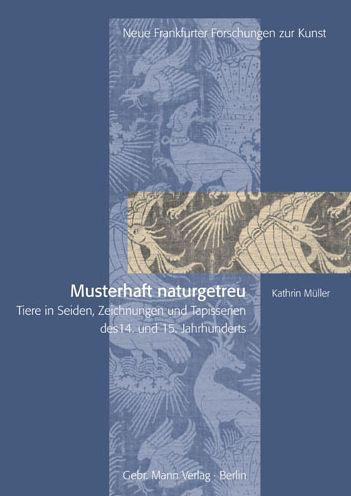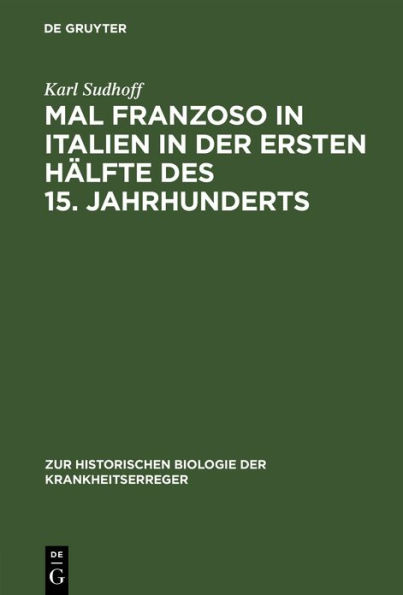Home
Apographa epistolarum - Die Tegernseer Briefsammlung des 15. Jahrhunderts: Untersuchung und Regesten-Edition
Loading Inventory...
Barnes and Noble
Apographa epistolarum - Die Tegernseer Briefsammlung des 15. Jahrhunderts: Untersuchung und Regesten-Edition
Current price: $69.00
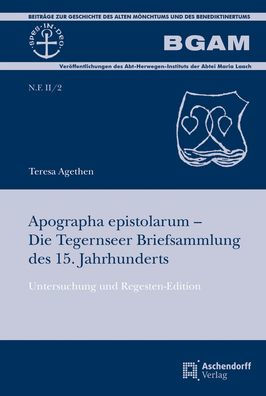

Barnes and Noble
Apographa epistolarum - Die Tegernseer Briefsammlung des 15. Jahrhunderts: Untersuchung und Regesten-Edition
Current price: $69.00
Loading Inventory...
Size: OS
*Product Information may vary - to confirm product availability, pricing, and additional information please contact Barnes and Noble
English Summary: Apographa epistolarum - Die Kategorisierung der Tegernseer Handschrift Clm 19697 makes a brief reference to the content of a late medieval Codex, which to a large extent consists of copies of letters dating from the 15th century. This volume consists of edited Regesta from this collection of correspondence, as well as a codicological and substantive examination of the collected manuscripts. A comparison with other collections of letters provides the reader with important information on questions concerning the conception and reception of the Codex during the 15th century. The focus is not only on late medieval manuscripts, but also on the well-known Tegernseer Briefsammlung of the 12th century. Thereby a key role is played by the ars dictaminis and by the relationship between real and fictional letters. Based on a range of specially selected topics, the letters have also been evaluated according to their content as well as being placed in their historical context. This allows for the picture of the role of the Tegernsee Monastery in the dissemination of the Melker Reform painted by researchers to be further substantiated. To complete the work, the collection is examined in relation to the great reform movements of the 15th century. On the basis of individual Tegernseer letters, it emerges that both individual letters and persons, as well as the Codex as a whole, cannot simply be associated with terms such as humanism, devotio moderna or monastic humanism and that this form of categorization would not do justice to the complexity of 15th century intellectual culture. German Description: Apographa epistolarum Die Kategorisierung der Tegernseer Handschrift Clm 19697 verweist knapp auf den Inhalt des spatmittelalterlichen Codex, der zu groaen Teilen aus Briefabschriften des 15. Jahrhunderts besteht. Die vorliegende Untersuchung bietet eine Regesten-Edition dieser Briefsammlung sowie eine kodikologische und inhaltliche Untersuchung der gesamten Handschrift. Bei den Fragen nach der Konzeption und Rezeption des Codex im 15. Jahrhunderts liefert ein Vergleich mit anderen Briefsammlungen wichtige Erkenntnisse. Die Betrachtung richtet sich nicht nur auf spatmittelalterliche Handschriften, sondern bezieht unter anderem die beruhmte Tegernseer Briefsammlung des 12. Jahrhunderts mit ein. Eine besondere Rolle spielen dabei die artes dictaminis und das Verhaltnis von echten und fiktionalen Briefen. Anhand von ausgewahlten Themenkomplexen werden die Briefe auaerdem inhaltlich ausgewertet und in ihrem historischen Entstehungszusammenhang verortet. Dadurch kann das Bild, das in der Forschung uber die Rolle des Klosters Tegernsee bei der Verbreitung der Melker Reform gezeichnet wurde, konkretisiert werden. Abschlieaend wird die Briefsammlung mit den groaen Reformbewegungen des 15. Jahrhunderts in Bezug gesetzt. Ausgehend von einzelnen Tegernseer Briefen zeigt sich letztlich, dass sich sowohl einzelne Briefe und Personen als auch der Codex im Ganzen einer eindeutigen Zuordnung zu Begriffen wie Humanismus, Devotio moderna oder Klosterhumanismus verweigern und dass eine solche Kategorisierung der Vielschichtigkeit der geistigen Kultur des 15. Jahrhunderts nicht gerecht wird.
